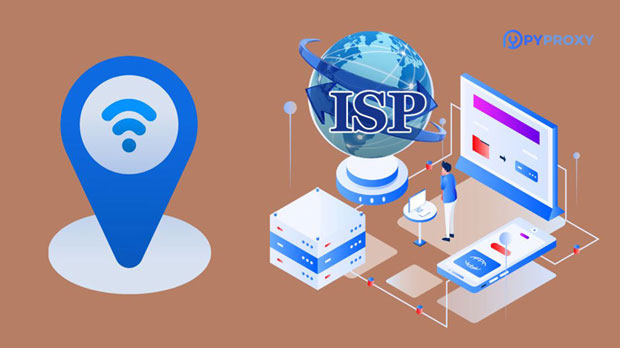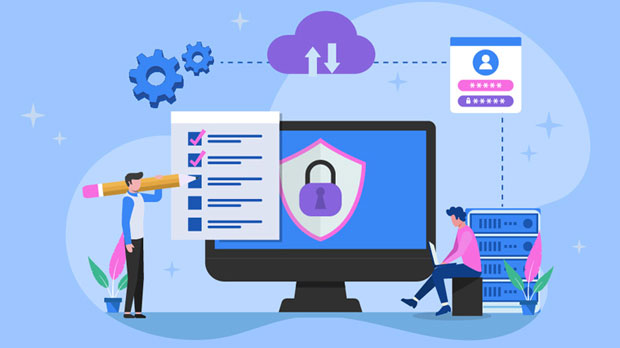When it comes to purchasing proxies, particularly for business and data-intensive operations, one of the key decisions is whether to invest in real ISP proxies or opt for cheaper, fake ISP proxies. The price difference between these two types of proxies can vary significantly, and understanding this gap is essential for businesses looking to optimize their operations. Real ISP proxies are generally more expensive due to their legitimacy, stability, and the quality of the IP addresses they offer. On the other hand, fake ISP proxies, which are often low-cost alternatives, can come with numerous limitations in terms of performance, security, and reliability. This article aims to explore the factors contributing to this price difference and why businesses should consider these aspects when choosing proxies. Understanding the Basics: Real ISP Proxies vs. Fake ISP ProxiesTo start, it’s important to understand the fundamental differences between real ISP proxies and fake ISP proxies. Real ISP proxies are IP addresses that are provided by actual Internet Service Providers (ISPs). These proxies are associated with genuine residential or mobile IPs that are part of an ISP’s infrastructure. They are widely considered to be the most legitimate form of proxies because they appear as if they are real, ordinary users browsing the internet.Fake ISP proxies, however, are proxies that are often created using data centers or spoofed residential IP addresses. These proxies may appear to be from a particular location or provider, but in reality, they are not tied to any actual ISP. As a result, fake ISP proxies can be more difficult to detect, but they typically lack the stability, security, and legitimacy of real ISP proxies.Factors Influencing the Price DifferenceSeveral key factors contribute to the price difference between real ISP proxies and fake ISP proxies:1. IP Quality and Legitimacy The primary reason for the price difference between real and fake ISP proxies is the quality and legitimacy of the IP addresses themselves. Real ISP proxies are assigned by actual ISPs, meaning that these IP addresses are recognized by websites and services as genuine. They are harder to block or detect because they mimic the behavior of real internet users. On the other hand, fake ISP proxies, while still functional, are often easier to detect because they don’t come from legitimate sources, which results in higher blocking rates and poor performance over time.2. Stability and Reliability Real ISP proxies are known for their exceptional stability and reliability. Since they are tied to established ISPs, these proxies are less likely to experience downtime or slow speeds, which makes them ideal for businesses that need consistent access to websites and online services. Fake ISP proxies, by contrast, are typically hosted on data centers or created through less stable sources. These proxies may experience outages, slowdowns, or higher latency, which can negatively impact user experience and business operations.3. Security Features Real ISP proxies come with robust security features due to the nature of their source. ISPs typically provide strong encryption and security protocols to ensure data is transferred safely. As these proxies are from trusted sources, the risk of being exposed to cyberattacks or fraud is significantly lower. Fake ISP proxies, however, may not offer the same level of security, as they are often less reliable and can expose businesses to potential threats such as data breaches or hacking attempts.4. Geolocation and Targeting Precision Real ISP proxies are known for their precise geolocation capabilities. Since these IPs are tied to actual residential areas or mobile networks, businesses can rely on accurate and specific targeting. This is particularly important for market research, SEO, and ad verification purposes. Fake ISP proxies, on the other hand, can be limited in terms of geolocation accuracy, as they are often set to random locations or are not tied to real physical addresses. This can affect the quality of targeting for businesses.5. Bandwidth and Speed Bandwidth and speed are crucial when considering the use of proxies for business. Real ISP proxies generally offer better bandwidth and faster speeds because they are supported by dedicated infrastructure from ISPs. Fake ISP proxies, however, tend to have lower bandwidth and slower speeds due to the nature of their hosting environments and the lack of dedicated infrastructure. Slow speeds can significantly affect activities like web scraping, data harvesting, or accessing geo-restricted content, making them less effective for businesses that require high-speed connections.The Cost-Effectiveness of Real ISP Proxies vs. Fake ISP ProxiesWhile the price of real ISP proxies may be significantly higher than fake ISP proxies, the benefits they offer often justify the investment, especially for businesses that require high-quality and reliable proxy services. Real ISP proxies come with the assurance of better performance, higher security, and reduced risk of being blocked or flagged by websites. However, for businesses with lower security requirements or for those who only need proxies for non-sensitive tasks (e.g., casual browsing or less critical operations), fake ISP proxies can be a more cost-effective solution. They may not offer the same performance and security benefits as real ISP proxies, but their lower price point can make them an attractive option for certain use cases.When to Choose Real ISP ProxiesFor businesses that require high levels of anonymity, stability, and security, such as those involved in web scraping, social media management, market research, or ad verification, investing in real ISP proxies is generally the best option. The higher cost is offset by the reduced risk of detection and the overall reliability of the service.Real ISP proxies are also recommended for tasks that involve sensitive information, such as financial transactions, as their higher security protocols provide an added layer of protection. For businesses operating in regions with strict IP tracking and anti-fraud measures, real ISP proxies offer an additional level of legitimacy, ensuring uninterrupted service and smooth operations.When Fake ISP Proxies May Be SufficientOn the other hand, fake ISP proxies can be sufficient for businesses with lower requirements in terms of security, performance, or geolocation precision. For example, if a business needs to bypass simple geographic restrictions or perform basic browsing tasks that do not involve sensitive data, fake ISP proxies can provide an affordable solution without the need for higher-end proxies.Fake ISP proxies can also be useful for tasks like casual data gathering or light web scraping, where speed and accuracy are not the highest priority. However, businesses should be aware that their use may result in higher rates of detection and blockages, which can affect the overall performance of their operations.In conclusion, the price difference between real ISP proxies and fake ISP proxies can be significant, and the right choice depends on the specific needs and goals of a business. While real ISP proxies offer superior quality, security, and reliability, they come at a higher cost. Fake ISP proxies, while more affordable, often fall short in terms of performance and security. Businesses must weigh the trade-offs between cost and functionality to choose the best proxy solution for their operations. Understanding the price gap between these two types of proxies is crucial for making an informed decision that aligns with both budget and business needs.
Nov 13, 2025



































































